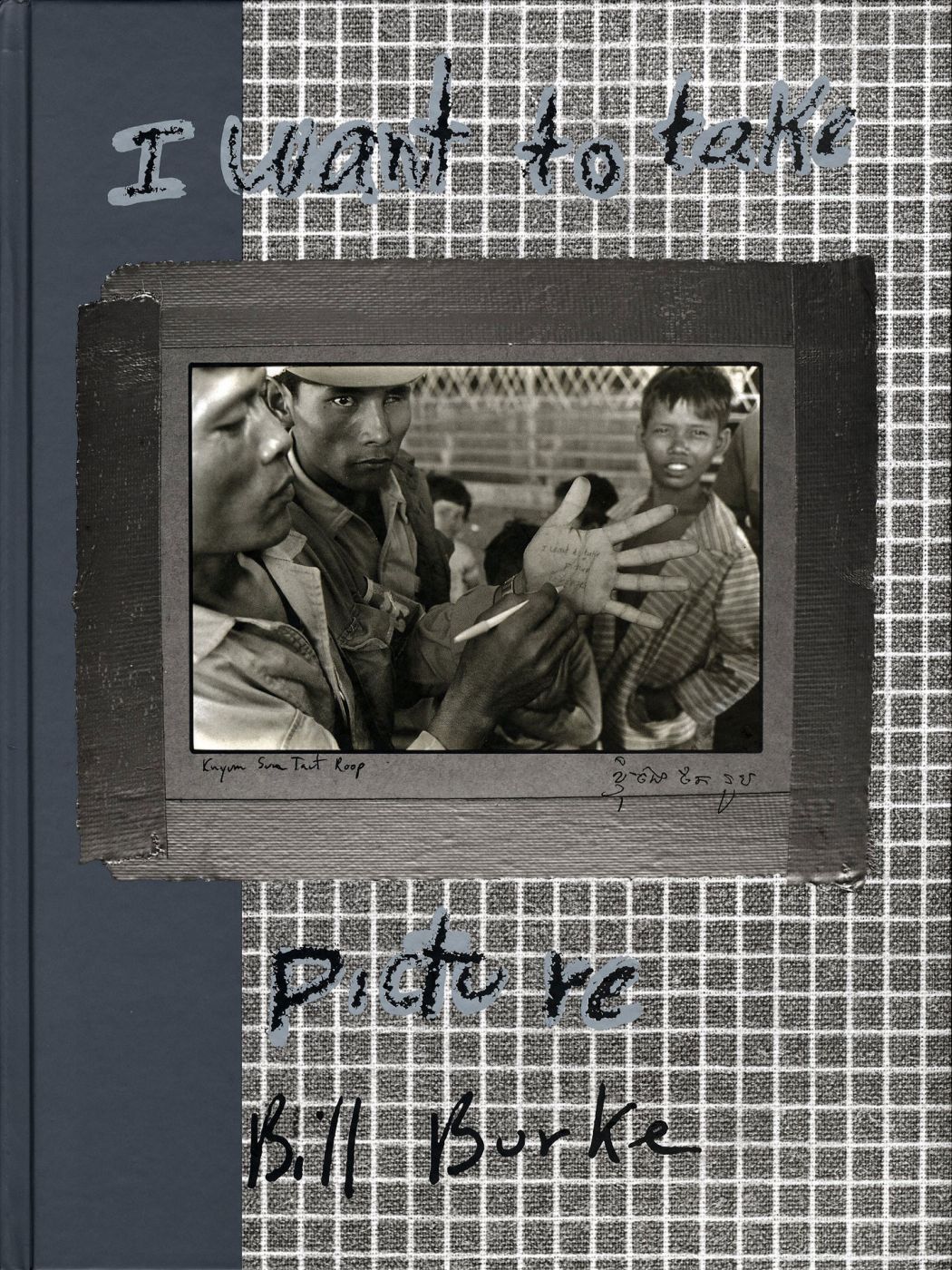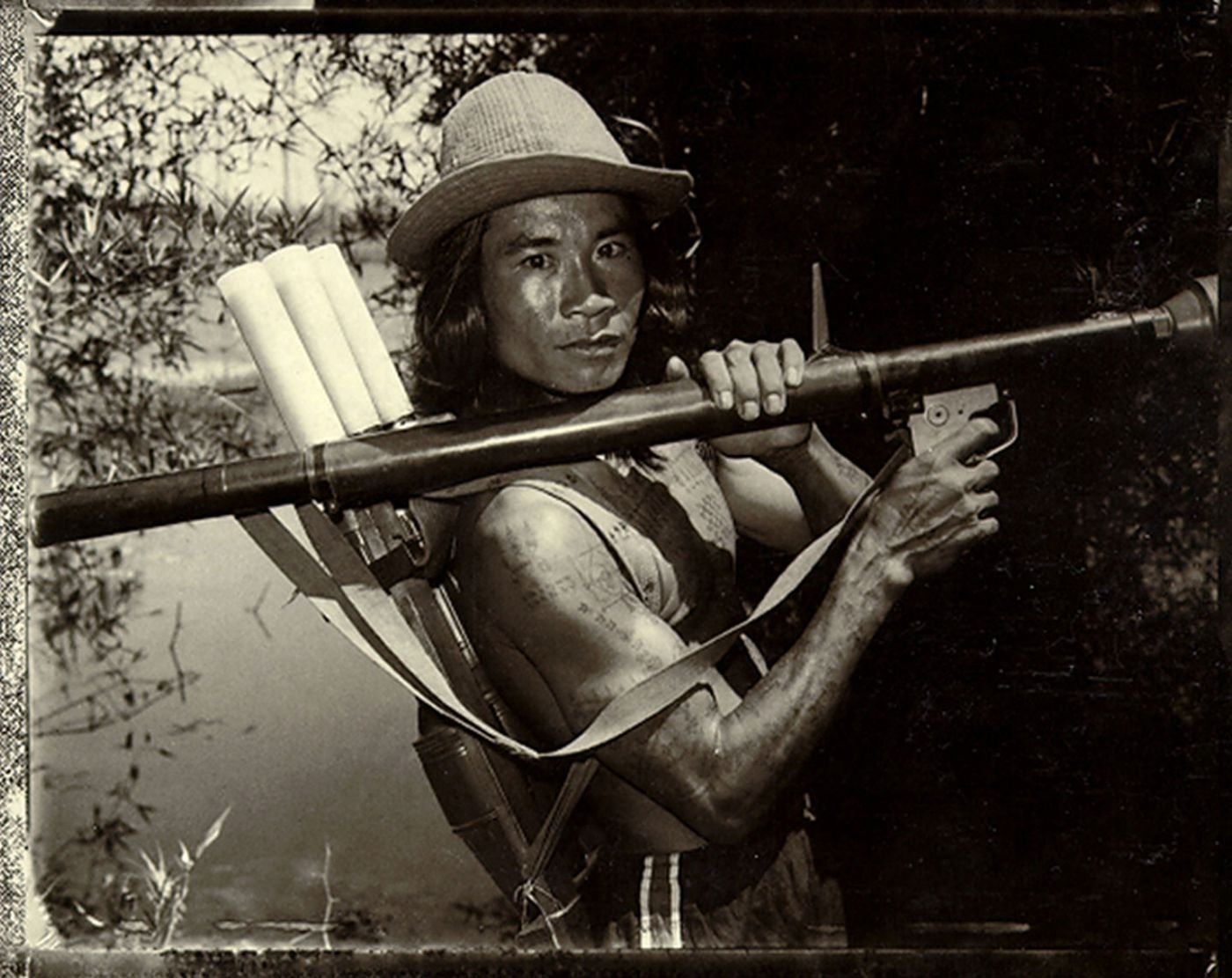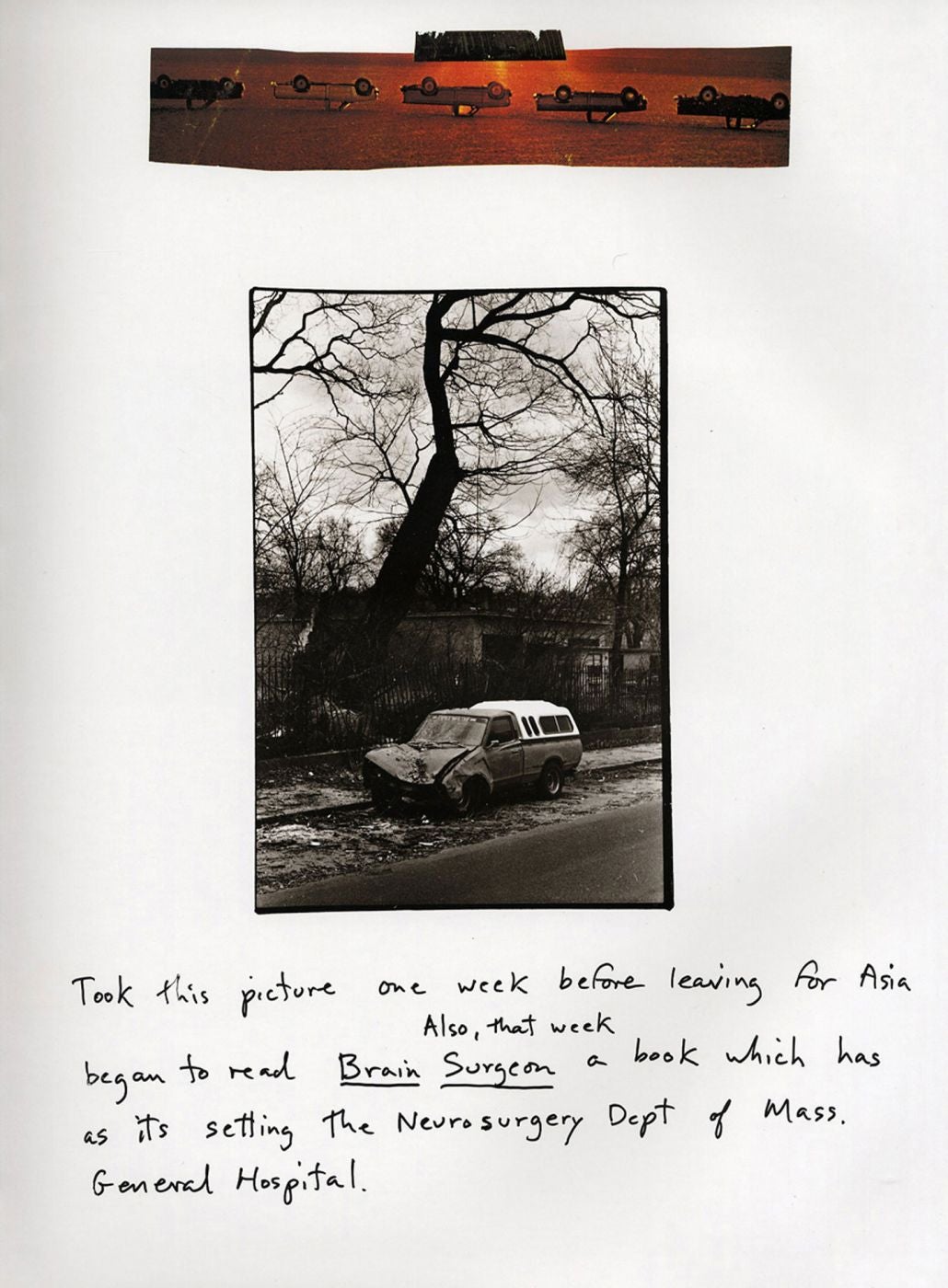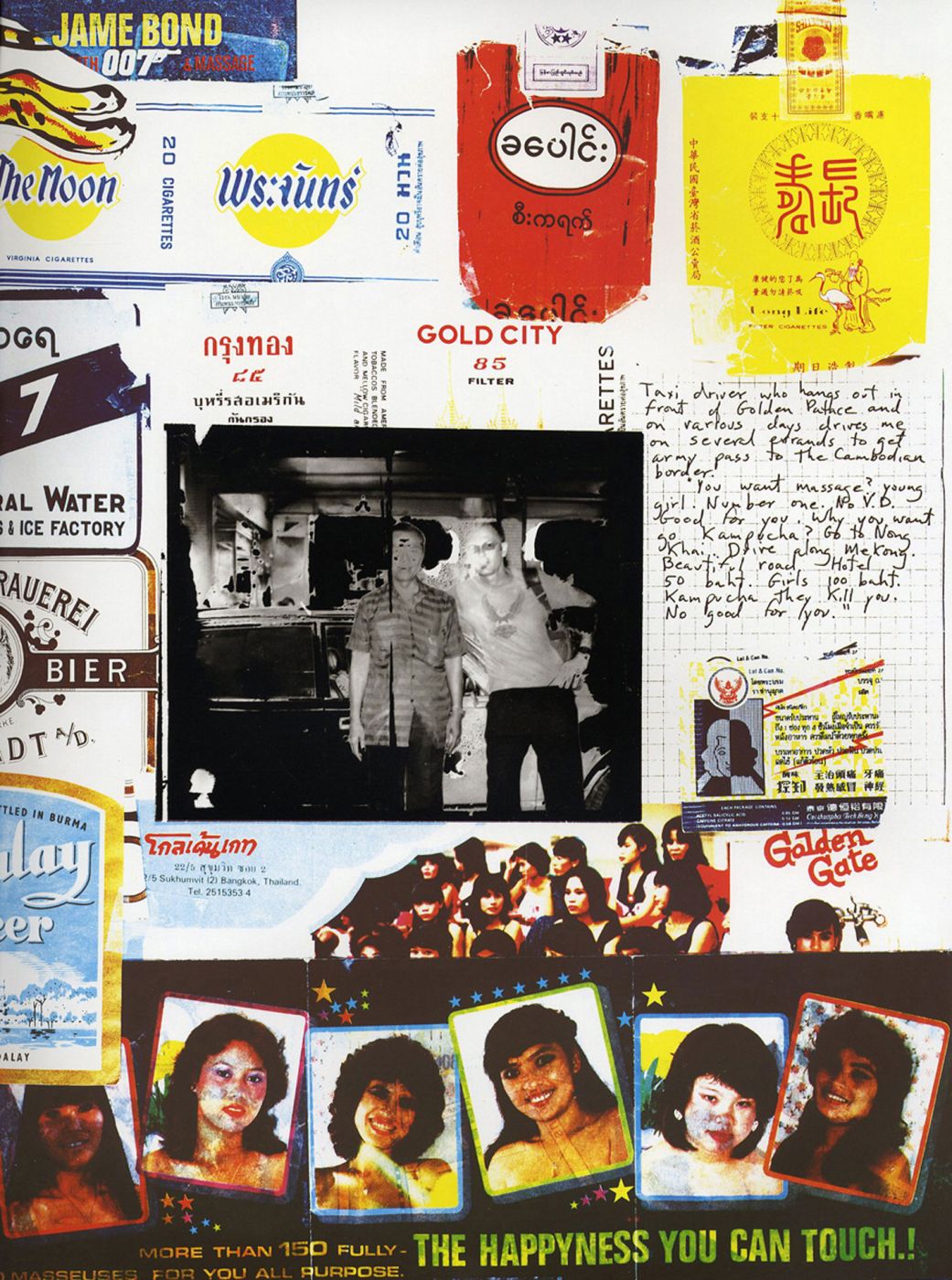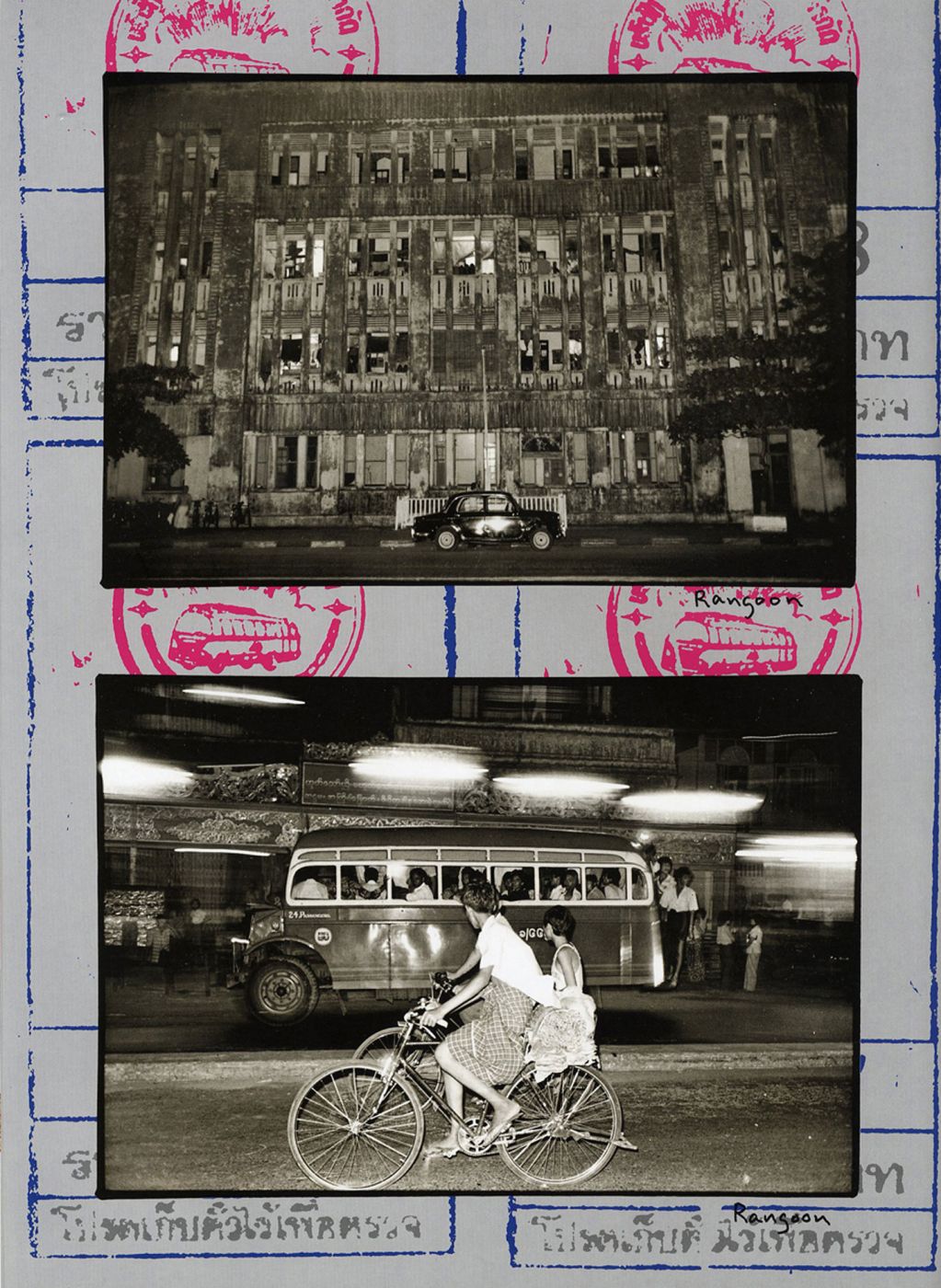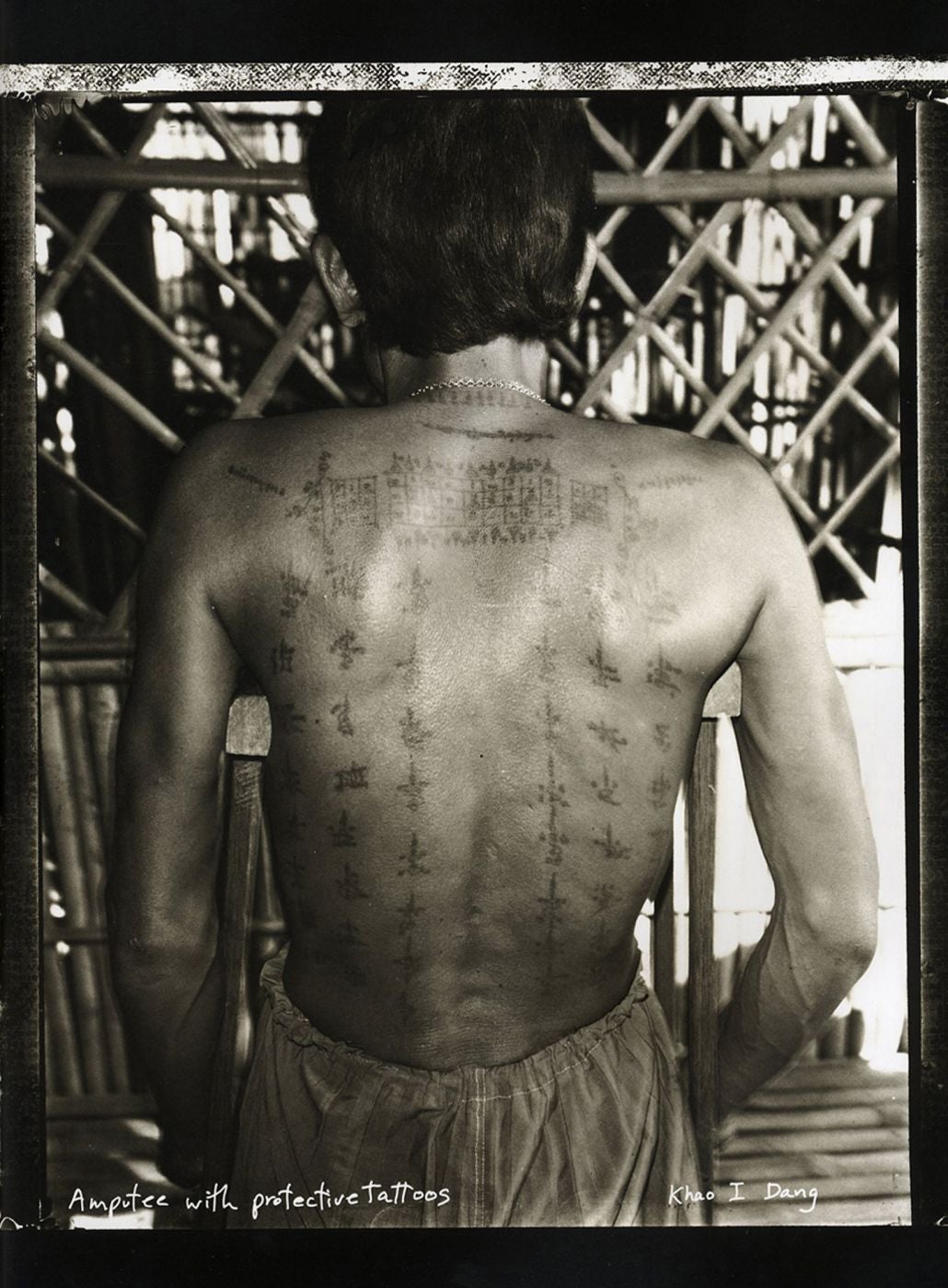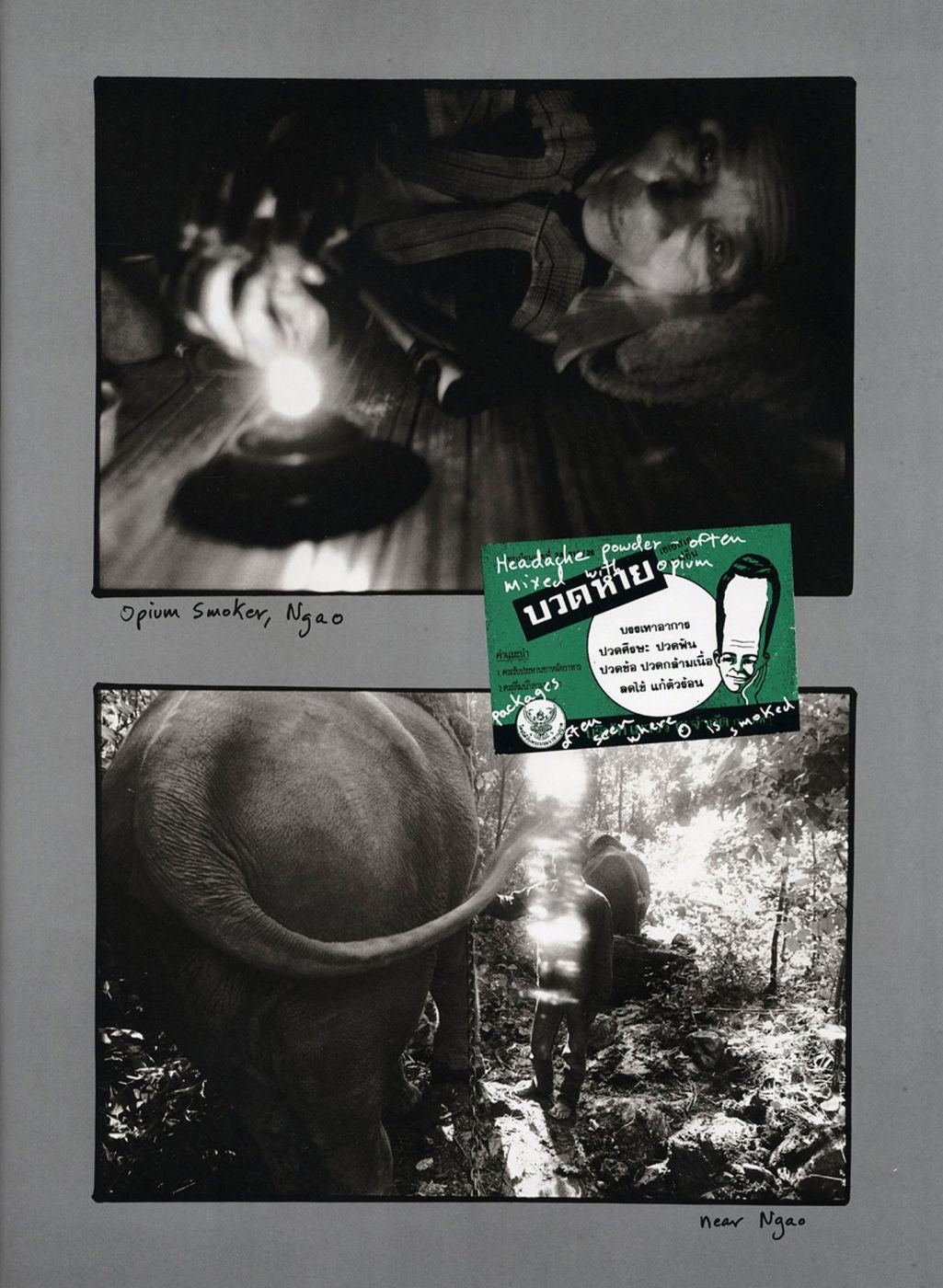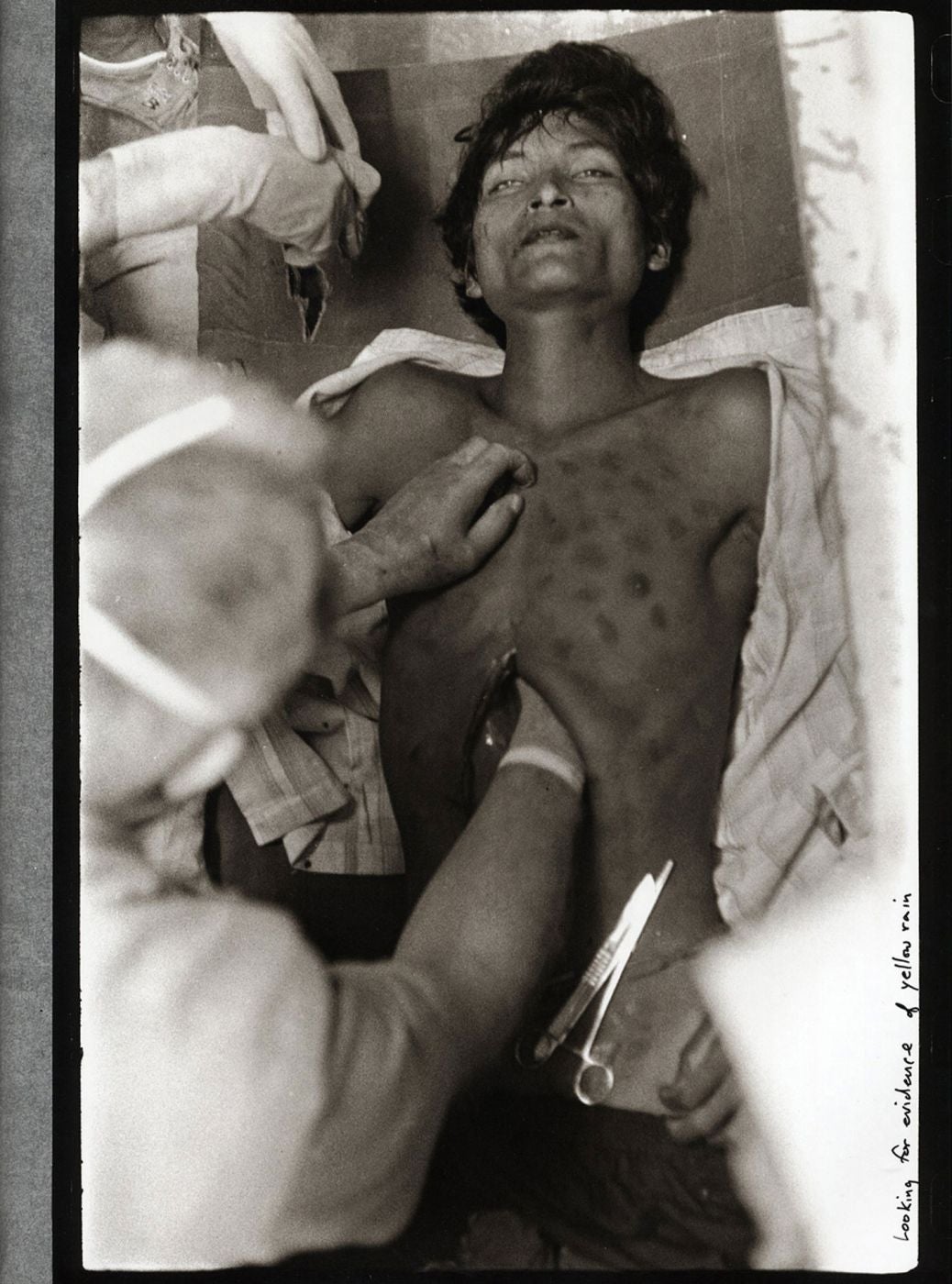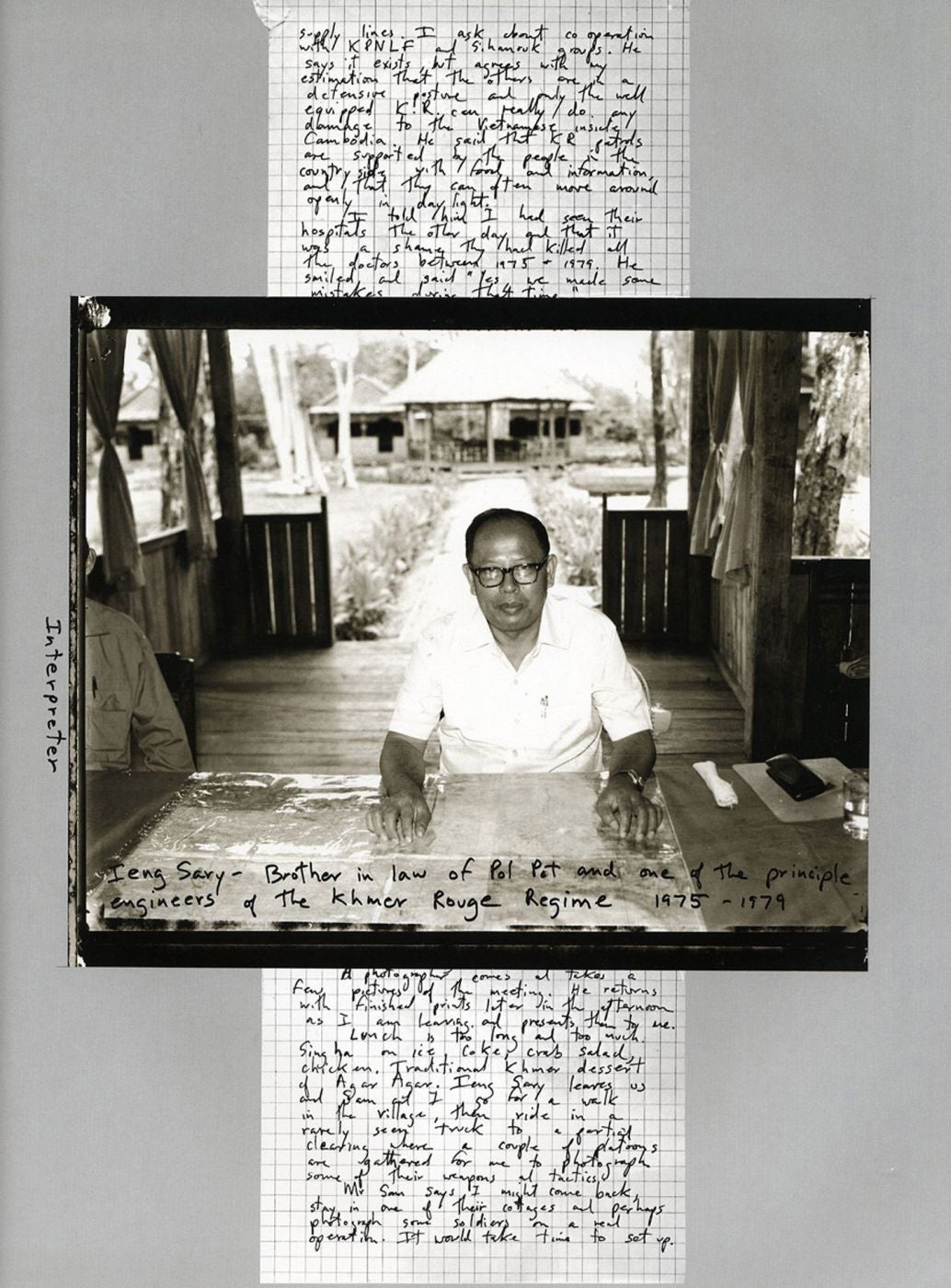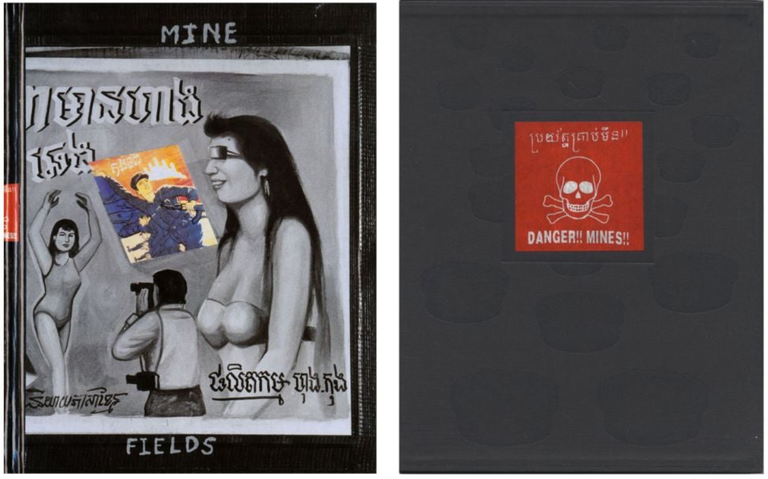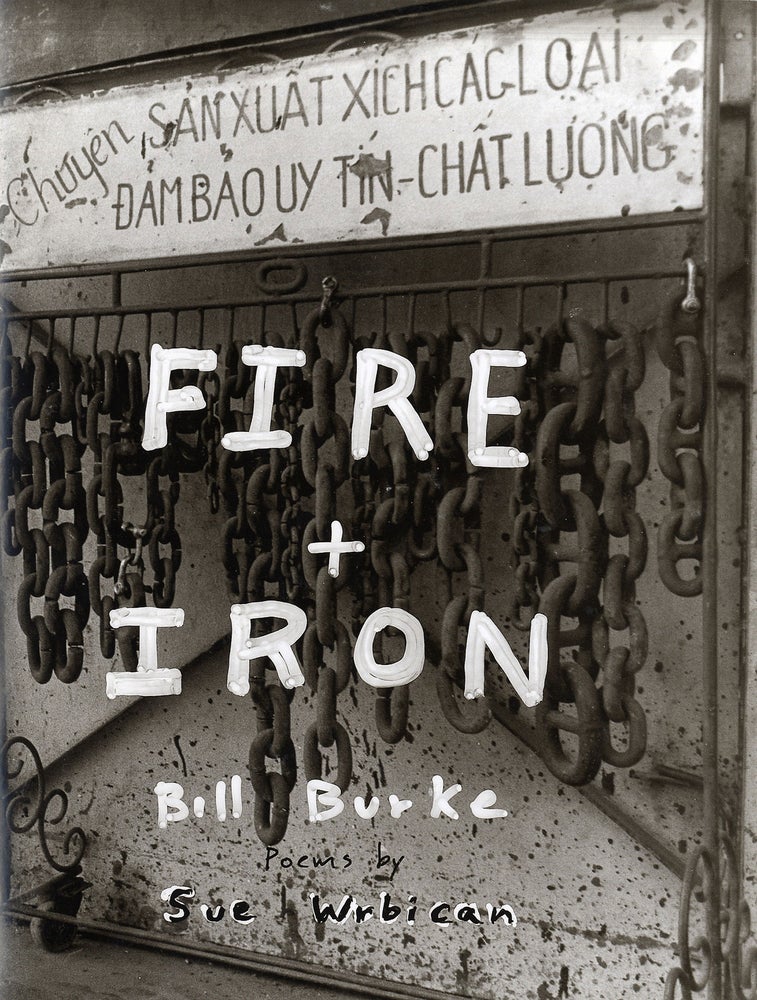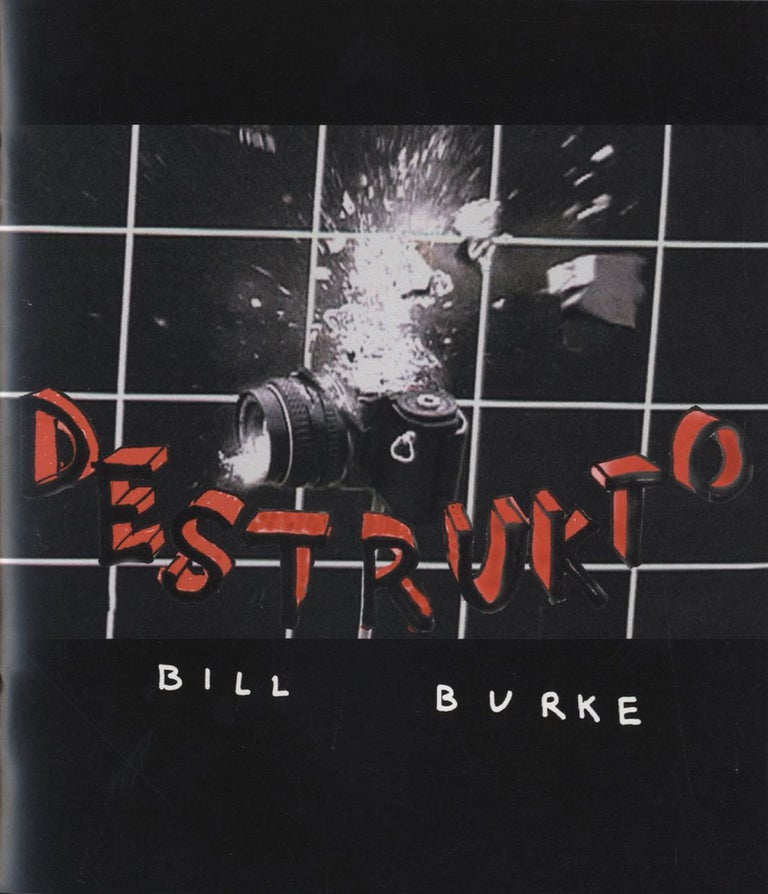Bill Burke: I Want to Take Picture (Twin Palms Reissue), Limited Edition
Publisher: Santa Fe, New Mexico: Twin Palms Publishers, 2007
Edition: 1st Edition
Binding: Hardcover
ISBN: 9781931885638
Condition: New / No dust jacket as issued
Item #: 105128
$150.00
Specifics
First edition thus (Twin Palms Publishers), first printing. Limited edition of 100 numbered copies, signed in black marker on the colophon page by Burke, in a black cloth slipcase.
Hardcover. Photographically illustrated laminated paper-covered boards, no dust jacket as issued. Photographs and text by Bill Burke. Unpaginated with numerous four-color and black and white plates, designed by Burke (who also originally made the duotone and halftone separations) while in residency at Nexus Press in 1987. 15-1/4 x 11-1/2 inches.
Condition
New in publisher's shrink-wrap.
Description
Since the early 1980s, Bill Burke has photographed extensively in Southeast Asia, focusing primarily in Cambodia, Laos and Vietnam. Burke's haunting and layered examination of the landscape and people is informed by the collective political and social conscience galvanized by the United States' lengthy occupation and annihilation of these regions before, during, and after the Vietnam War. His lifelong desire to connect personally and viscerally to the people he meets sets his work in an altogether separate category from most artists who photograph outside their circumscribed "experience."
Neither overtly political nor proscriptive, Burke's work instead recognizes the personal is indeed political. Gone are the cultural stereotypes we have long seen in images of Southeast Asia. Instead we are able to experience the intensity of the individual through Bill Burke's idiosyncratic and careful observation. He obliterates the notion that the "documentary photograph" is a vehicle for "truth" and compellingly shows the viewer that it is always a form of personal or political propaganda. 'I Want to Take Picture' (originally published by Nexus Press in 1987) is a combination artist book and 'travelogue.' It is considered by many to be one of the very best, disturbing and important books in the history of photography.
From Bill Burke (1987): "Each day, I was thinking about practicality, is my pass in order, how do I get there, who do I meet that will get me through. The philosophical thoughts came later. When I realized that I had access to the camps and could see the Khmer Rouge, it was like being able to see the Devil. It seamed to be an incredible opportunity."
From an interview with Bill Burke by Willis Hartshorn (New York City, June 1987): "Hartshorn: 'Do you find it problematic that in a politically savage environment your pictures are often ambiguous as to who's good and who's bad?' Burke: 'I have no problem with ambiguity. Again, all the information is filtered, everything I know about it is secondhand. I know what the refugees at the border say and what books say. I heard how bad the Khmer Rouge were, and then as I read more I found out the other people had been bad too. The people who were victims at one time were victimizing others at another time. There are two sides, the information is slanted, and it's good that people understand that. . . I would like things to be spelled out clearly so I wouldn't have to think about it. But that's not the way it is. I can't say this is this and that is that. There is no indisputable truth.'"


